Prospects and projections – analysing 2024’s triumphs and setbacks for major combat aircraft programmes
Despite announcements of strategic shifts from the USAF and other air arms earlier this year, the long gestation and maturation cycle of high-end fast jet programmes has meant that fighter projects under way cannot easily be switched off or altered. Nonetheless, as we enter Q2 of 2024 many such aircraft have been making the news and are worthy of a recap and evaluation of where they might be headed.
Newsletter Sponsor:

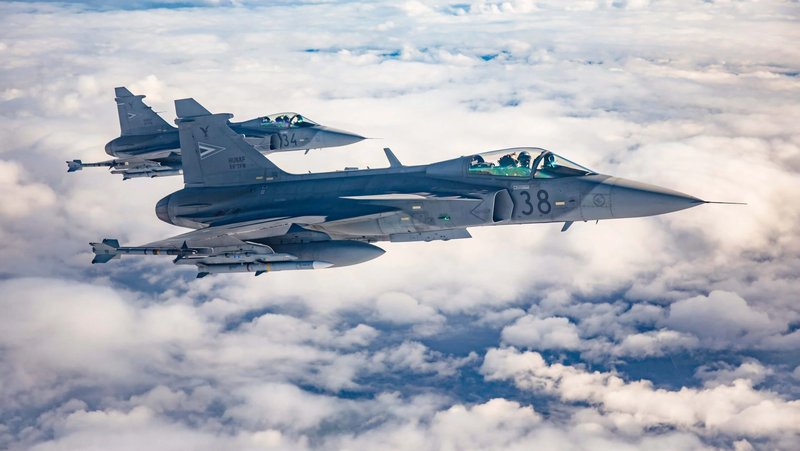
Above: Saab has ended the Gripen’s export drought with the sale of four aircraft to Hungary, which already operates 12. (Photo: Saab)
Some success for Saab
By finally selling some of its flagship fighters, Saab managed to reverse a worrying trend of defeat, although the contract it signed in February covered only four of the older C models (albeit the MS20 version which is equivalent to the F-16 Block 70) and was for Hungary.
An existing customer operating 14 of the C/D models, Hungary – currently a borderline pariah in some EU and NATO circles – had been opposing Sweden’s accession to NATO and the two points are likely connected.
From a programme perspective, this is a soupcon of good news for Saab after losing out to the F-35 as the Czech Republic’s new fighter purchase and hence being abandoned by an existing operator.

In wider terms, the wholly new and cutting-edge Gripen E/F remains a strong contender for exports to both Colombia and the Philippines.
Saab’s fortunes may have improved owing to the former country’s growing spat with Israel. Bogota has been a heavy user of Israeli equipment and Saab’s main rival in Colombia remains the F-16, a platform that arguably could be seen has having Israeli links. For political reasons, therefore, a Swedish option may be seen as more acceptable than a US product.
Reported progress in Saab’s long Philippines sales campaign may also be a ‘neutrality bonus’, and this factor could also improve Gripen’s prospects in India.
Saab has recently been more open about new UCAV designs and has been designated (not unsurprisingly) as a key contributor for Sweden’s next-generation air combat programmes.
Although the joint T-7 trainer project (where Saab is a major subcontractor to Boeing) remains behind schedule, wider geopolitical forces and the small Hungarian sale have put the company and the fighter on more of a front foot than was the case in late 2023.
Closure at Boeing?
The F/A-18E/F Super Hornet has also seen a small change in direction, with a March USN order for 17 confirmed for delivery by mid-2027. This contract will include certain improvements to the aircraft, although the details are unclear.
Boeing Australia has also confirmed continuation of its support programme for RAAF F/A-18s, although at this point an order for new platforms is unlikely barring replacement of some older examples or building a small reserve before the line closes.
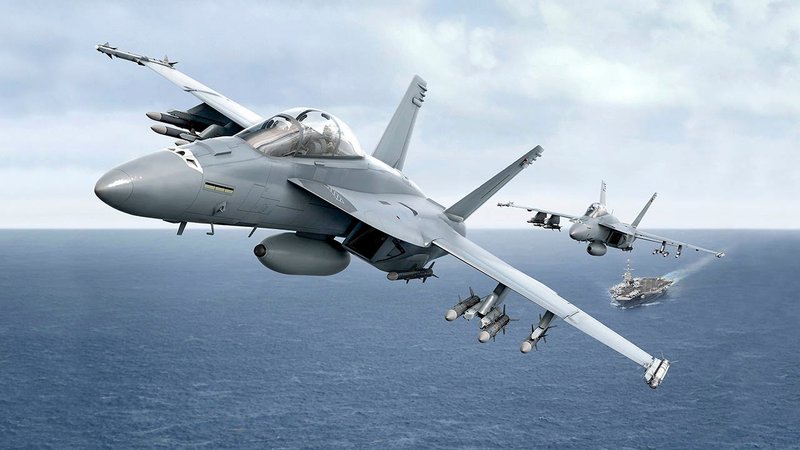
Above: The USN has confirmed a final batch of 17 F/A-18s but in the absence of further export orders the line will close in 2027. (Image: Boeing)
Kuwait’s aircraft have now all been delivered and hence that window appears closed. While the aircraft remains extremely capable, there has been little sign of the additional sales needed to postpone the end of production, despite the unique attributes offered by the EA-18G dedicated EW model.
Boeing’s F-15EX programme remains unsettled. The USAF’s FY25 budget request foresees buying 18 rather than 24 examples, working towards a fleet of 98 rather than the previous 104.
While the projected final total has varied over the years, a wider focus on spares and flight hours over aircraft numbers, together with the aforementioned new strategy, does suggest that the EX order may be lower than Boeing had hoped.
The putative Indonesian buy of up to 24 examples remains unconfirmed albeit still possible, but the wide uptake of F-35s internationally has removed many potential opportunities.
In theory the EX would be a good fit for Australia and politically has the foundations offered by the local Boeing subsidiary, but spare and uncommitted funding likely does not exist for such a transition.
A failure to interest legacy F-15 users in the new design may consign the production line to closure in the 2026-28 period, although like many ‘rumours of demise’ this may be proven false by sudden changes in circumstances.
Certainly, Israel remains a strong potential customer with some reports suggesting a deal is imminent, while operators of older models in the Middle East (ie Qatar and Saudi Arabia) might remain opportunities.
Despite a strong service record and Boeing’s best efforts, South Korea and Japan seem determined to move away from the F-15 in favour of home-grown and other solutions.
Eurofighter evolution
Oman and Kuwait have received or are in the process of receiving their Tranche 3 Typhoon examples. Both feature the new Captor Mk 0 AESA export radar rather than the Mk 1 or Mk 2 in development for Germany/Spain and Italy/UK respectively.
Wider Eurofighter export efforts remain focused on Saudi Arabia, which has long indicated a goal of 48 examples to replace its elderly Tornado IDS strike aircraft and complement the existing Typhoon Tranche 2 fleet.
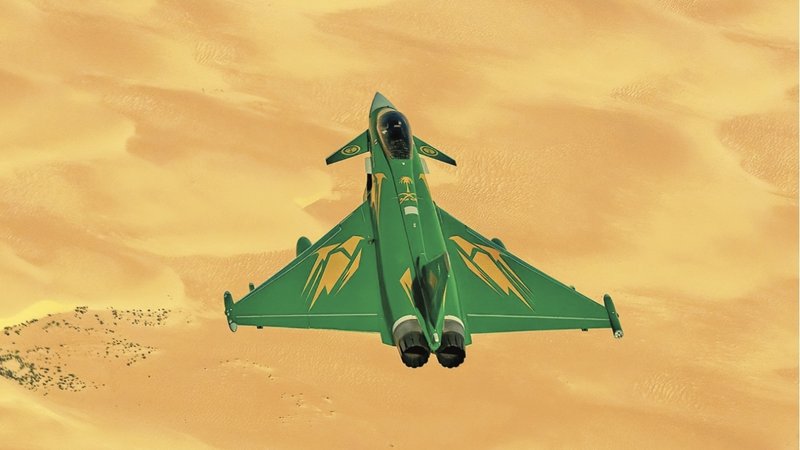
Above: Removal of German objections may finally have given the green light for a long-mooted Tranche 3 Typhoon order from Saudi Arabia. (Photo: BAE Systems)
Previous German restrictions have been lifted, and recent indications of a 52-aircraft requirement seem shaped for just such a new purchase. One complication is the reported Saudi insistence that any new aircraft be of RAF (ie with Captor Mk 2) standard, which will pose technical and political difficulties.
With abandonment of a proposed two-seat EW variant, future development is likely to focus on improved weapons integration and systems for Tranche 3 and likely putative Tranches 4 and 5 although the terminology is now mixing production order with capability.
Germany remains interested in an EW variant of some kind, while the UK’s SPEAR 3 missile is intended to provide stand-off engagement of various target types including hostile radars.
This weapon, plus certain upgrades such as a Saab Arexis EW pod, would essentially allow Eurofighters to operate in an air defence suppression role and would likely prove more appealing than development of a specific sub-model.
As planning evolves for FCAS and GCAP, both Typhoon and Rafale remain in something of a holding pattern among their ‘home’ operators. Both fighters, alongside Gripen E/F, will continue to evolve in service over the medium term but the exact direction and degree of investment is unknown.
To place this in context, three of the four original Typhoon customers will be flying F-35s, as will all current GCAP and at least two out of four FCAS participants. This makes for a very uncertain future investment position.
The US shift towards more UCAVs, being increasingly echoed across Europe, leaves less domestic space for major Typhoon developments, while the rise of KAI’s KF-21 and TAI’s Kaan on the export market is slowly limiting room for manoeuvre. The Typhoon programme will certainly continue, but the spectre of de-prioritisation cannot be ignored.
Rafale on a roll?
Boeing’s current travails with the F-15EX and Super Hornet can be contrasted with the Rafale’s striking upwards trajectory. Since 2020, Dassault has suffered the opposite of the Boeing problem, in terms of an inability to deliver to order. For 2023 the total finished production aircraft was cited as just 13 (although ‘finished’ and ‘delivered’ numbers always need to be treated with caution).
This year France finally committed to an order for 42 examples under Tranche 5 of the wider procurement plan, something that will compensate the domestic air arms‘ suffering as aircraft were diverted to export customers. Delivery priority will undoubtedly be a political decision.
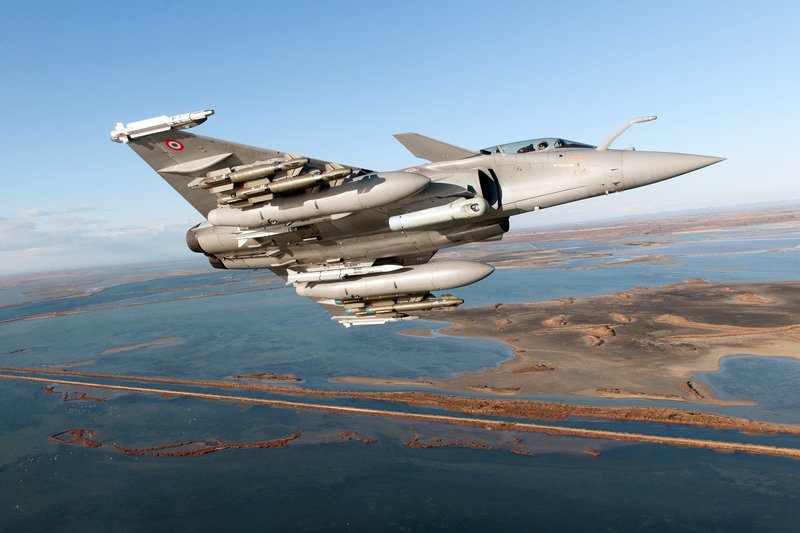
Above: Rafale’s recent export success is impressive, but production rates are struggling to keep up with demand. (Photo: Dassault)
The top-line numbers are extremely promising, with the added benefit of funding for new F4.2-standard aircraft systems and onward into F4.x and probably F5 and F6 models by the 2040s and 50s. The new radar, defensive aids suite, EW fit and fused pilot situational awareness systems are all extremely competitive.
The French Air Force and French Navy have no plans to slow the aircraft’s evolution or its integration with technologies such as UCAVs that derive from future capability programmes. The limited integration of non-French systems and weapons is a small sticking point, but one that can largely be shrugged aside.
The issue for Dassault, however, remains one of internal and external scale. The company has only so much capacity, and the aircraft is largely dependent upon a French supply chain.
This position as an independent and sovereign (ie non-American) provider has been a key part of Dassault’s marketing, but despite repeated suggestions of a second production line that might increase airframe output to 22 per year, the delivery lag for crucial systems such as engines and radar will likely keep this number well below 20.
The recent signposting of a 12-aircraft order by Serbia is a need that may not be fulfilled until late in the 2020s at current delivery rates.
At present, the export backlog is around 140 platforms. However, depending upon the small print of specific contracts, some clients may choose to change their approach should delivery dates be pushed unacceptably far out.
More importantly, potential new customers could decide that the waiting time is too long and hence an alternative aircraft is preferable, something that would play into the hands of Gripen E/F or the emergent Korean, Turkish or possibly even Indian competitors.
F-35: the saga goes on
The US military’s concerns over the F-35 continue, with the USAF’s FY25 purchase reduced from 48 to 42 ‘A’ models. This decision is premised on two main factors: the wider budgetary focus on spares and support (improving aircraft availability and flying hours) noted above under the F-15EX discussion, concurrent with ongoing worries over cost and delays to the Technology Refresh 3 and Block 4 capabilities for the fighter.
Added to these are a divergent series of other priority programmes in the US combat aircraft arena. Once again, the US – and especially USAF – F-35 situation seems to sit in a logical black hole. The aircraft is labelled as too costly, offers sub-optimal availability, has yet to rid itself of teething problems and its update schedule is questionable. But, despite this myriad of misgivings, it must be bought because alternatives do not (currently) exist.
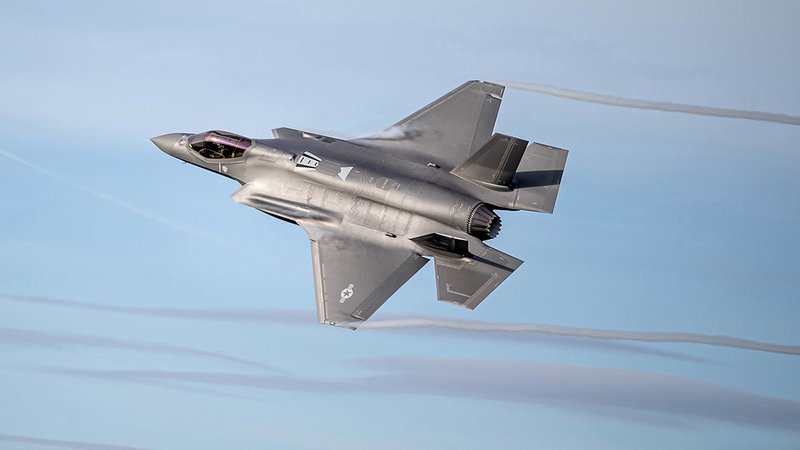
Above: The F-35 continues to chalk up new export customers but a stand-off between the US DoD and Lockheed Martin over upgrades looks set to slow deliveries for many. (Photo: USAF)
This should not deflect from the programme’s order success. While the USAF’s 1,763 end total now seems highly unlikely, the addition of Switzerland, Germany and the Czech Repbulic has seen off competition from incumbent providers and added to the momentum of the export effort.
Lockheed could potentially meet these requirements at a rate of 48 platforms per year, but the division of supply across many customers and speed of integration means that operators will be very slow in developing a useable force.
There is also an absence of local participation and, more importantly, continued question marks over spares, support and supply.
The Block 4 ‘elephant in the room’ is a critical point for 2024. The most likely outcome is that the capability, supply chain, contract and orders will not be finalised, and the DoD vs Lockheed-Martin stand-off will continue into 2025.
Airframe production will proceed but accepted examples will remain on hold. This is less of a problem for new customers, which in any case are not expecting physical examples this side of 2025, but will likely alarm the Tier 3 partners that stand between the Scylla of the US battle over Block 4 and the Charybdis of LM’s new export efforts.
Factors for change
The entry of Iran directly into the general Gaza/Middle East conflict plus the course of the war in Ukraine will have the greatest direct impact on major fighter programmes as customer concerns and developer investment priorities combine to elevate or depress their relative or presumed value as products.
The outcome of current conflicts and tensions plus the series of elections in 2024, with impact on internal and regional policies and security situations, will undoubtedly accentuate or reverse some of the trends under discussion.
However, one increasingly global realisation is that demand has become increasingly disconnected from supply owing to the long timeframe for development, production and even upgrade.
Many of the aircraft discussed above are restricted in delivery for a variety of reasons. Should security concerns and hence combat aircraft appetite grow in the second half of the year, the primacy of political relations in procurement contracts may be overruled by simple availability of a product.
Other articles in this newsletter:
Success, but at a cost – defending Israel from Iranian drones
Don't want to miss out on future Decisive Edge content? Make sure you are signed up to our email newsletters.










